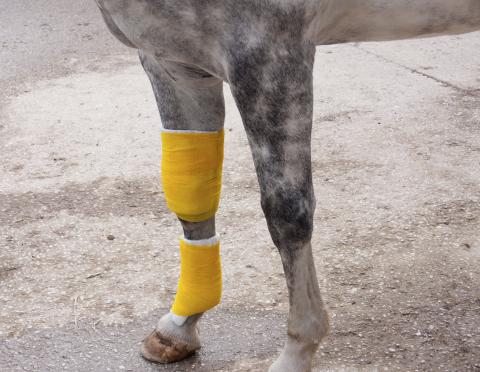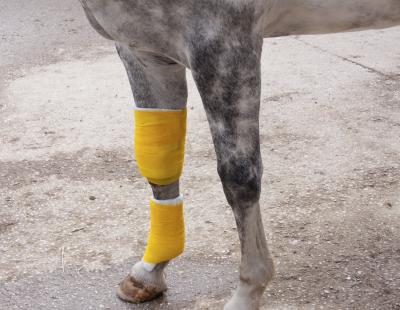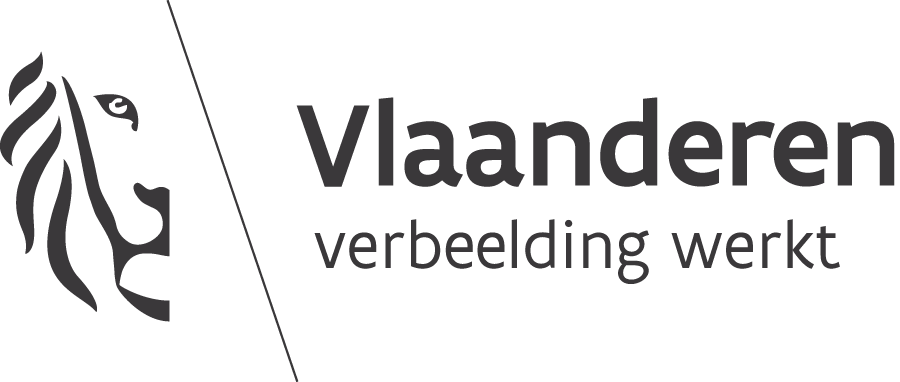
I guess it makes more sense to turn things upside down. What exactly makes it different because the people, objects and context involved are Iranian?
O paradox. In previous contributions to Kif Kif about art from Iran, I tried to explain that for a young Iranian artist making art in Belgium, like me, it is not easy to leave (explicit) references to politics and/or to my ethnic-cultural background out of the picture. But by talking about this, I generated some public attention that I would not have had if I did not come from this ‘exotic’ country after all.
Point proven? You cannot escape from under the stone where you came from? Well, I do know at least one Iranian artist, René Gabri, who became noted without making work that included Farsi calligraphy, Persian carpets, and the like. But he is, on the other hand, hardly known in Iran, lives in New York and even adopted a quite non-oriental name. Put differently, you might say he rather became a kind of Western artist. Is there another option?
However, rather than discussing being bound to certain expectations form the point of view of the viewer (that is: you), I guess it makes more sense to turn things upside down. Instead of trying to look for traditional or anthropologic features in contemporary Iranian art, why not try to find Western features or parallels in it?
My point being: if Iranian artists produce some kind of performative gestures or employ common artistic strategies similar to the way Western artists do, what exactly makes it different then, because the people, objects and context involved are Iranian?
Let me explain this with an example. Here you have a piece of video art called Let’s Talk from Omid Hashemi. The clapping of the hand might no doubt trigger references to religion, oral traditions or censorship. But what would this work resonate when the person you see here was prototypical occidental? Would it then rather express something about a struggle with self-expression? About bullying maybe? About the coercion and repression implicit in any society? Perhaps an encounter with the ‘invisible hand’? What if it concerned a woman? Would it be about sexual revolution, for instance?
Let's Talk from Omid Hashemi on Vimeo.
(More info on this artist: www.omid-hashemi.fr)
Next, let’s take a look at a famous video performance Art Must Be Beautiful (1975) of Marina Abramović about (among other things) revolting against (and suffering from) gender identity/art history. What if this work included, say, a moslima? Or a Persian man?
Or this one? Andy Warhol Eats a Hamburger (1981), which also clearly expresses a ‘cultural’ disposition in an original, straightforward manner. Would it make sense if it involved an Afghan with a turban and beard? How different the layers of meaning all of a sudden would be!
Andy Warhol Eats a Hamburger from Miss Parker on Vimeo.
Now, let’s jump sideways to the notorious documentary Gardens of Stone (1976) of the Iranian filmmaker Parviz Kimiavi, about a deaf-mute man, Darvich Khan, who hangs stones in the trees of his own magical garden, while dancing and celebrating.
A different juxtaposition: during my stay in Belgium I got acquainted with the impressive work of the Belgian social documentary maker Henri Storck who made a visually impressive documentary Misère au Borinage (1933) about the struggle of the miners. In Iran this significant industry that once marked our society so profoundly, grasped the attention of a pioneering Iranian director as well: Kiumars Derambakhsh. The parallels with his documentary film The Eclipse (about a miner) (1978) is fascinating, both from an artistic as a socio-economic perspective. (cf. It can be viewed on the free archive mooweex.com. Another important Iranian archive is Parkingallery.com).
Much more examples can be given here. If interested, you are gently invited to come and take a look at a (free) exhibition POV - points of view I organised on Iranian video art, that will take place in exposition space Croxhapox in Ghent on 5 and 6 July (opening night: July 4th, 18:00). For me, this show is the endpoint of staying one year in Belgium. Afterwards I will return to my family and friends in Iran. Thanks for the hospitality and hopefully we meet again, because art is so much more interesting if it is not something about one person, alone.
Greetings - make love, not war!

